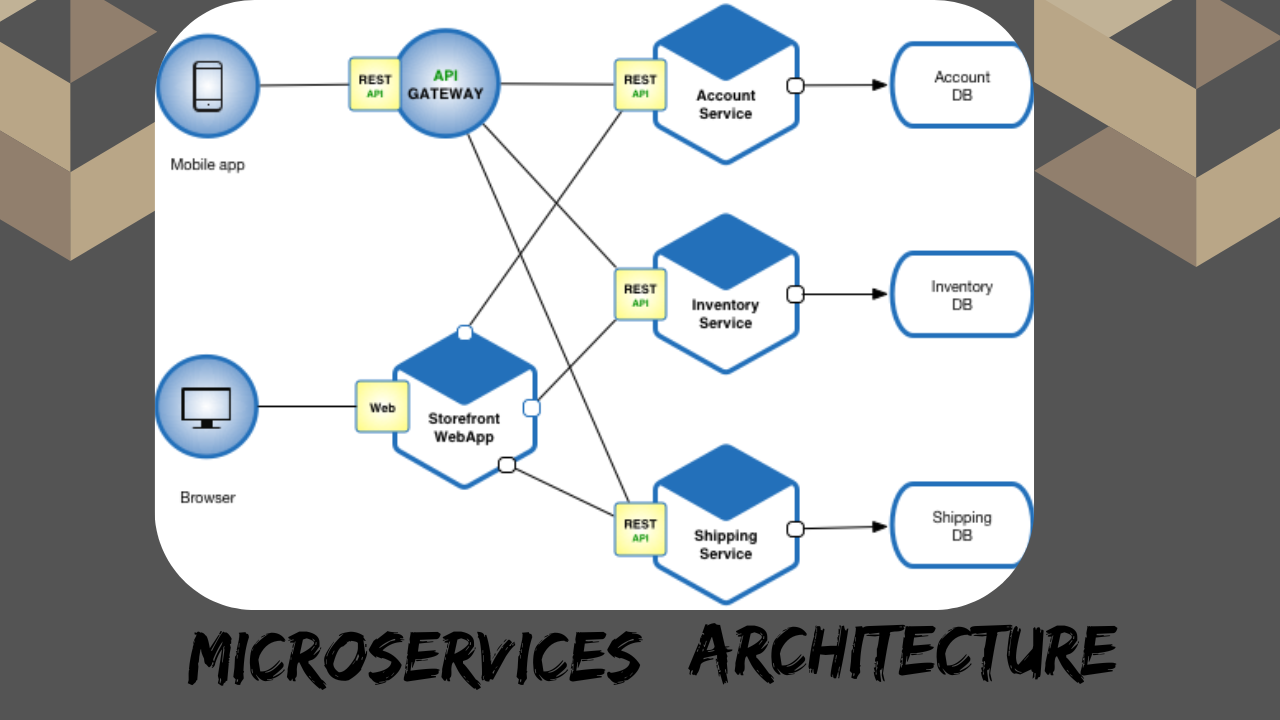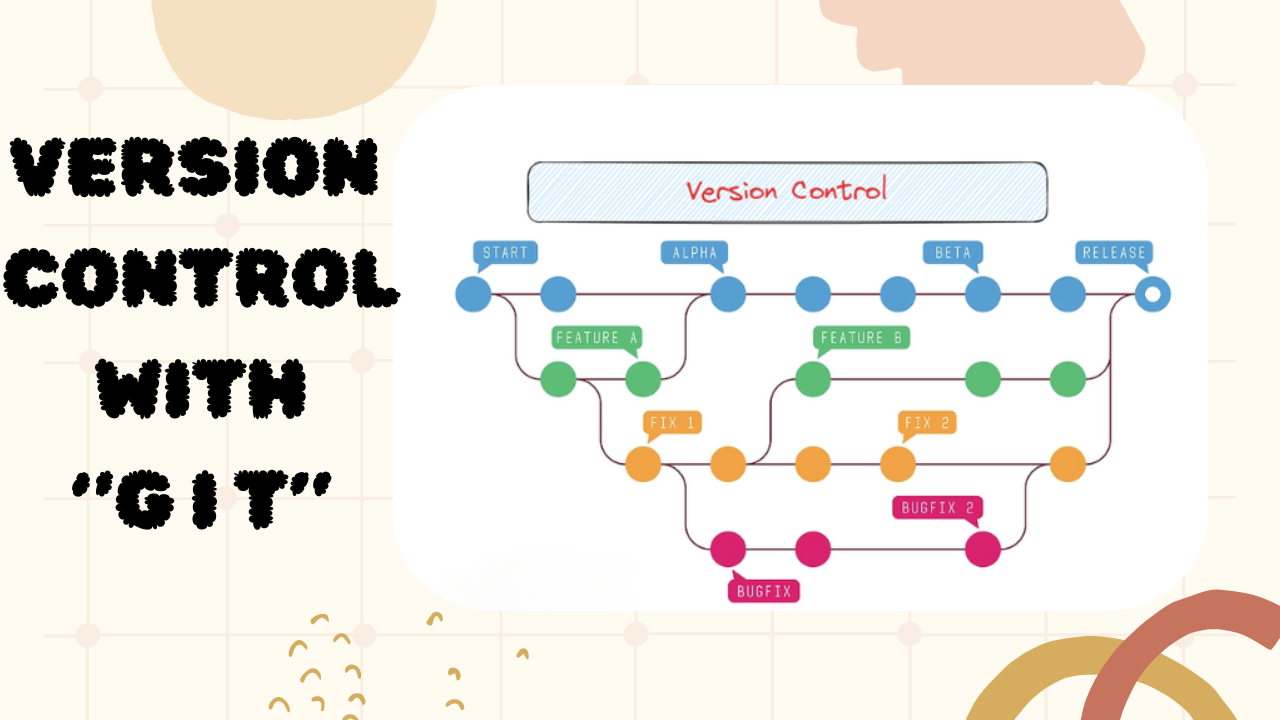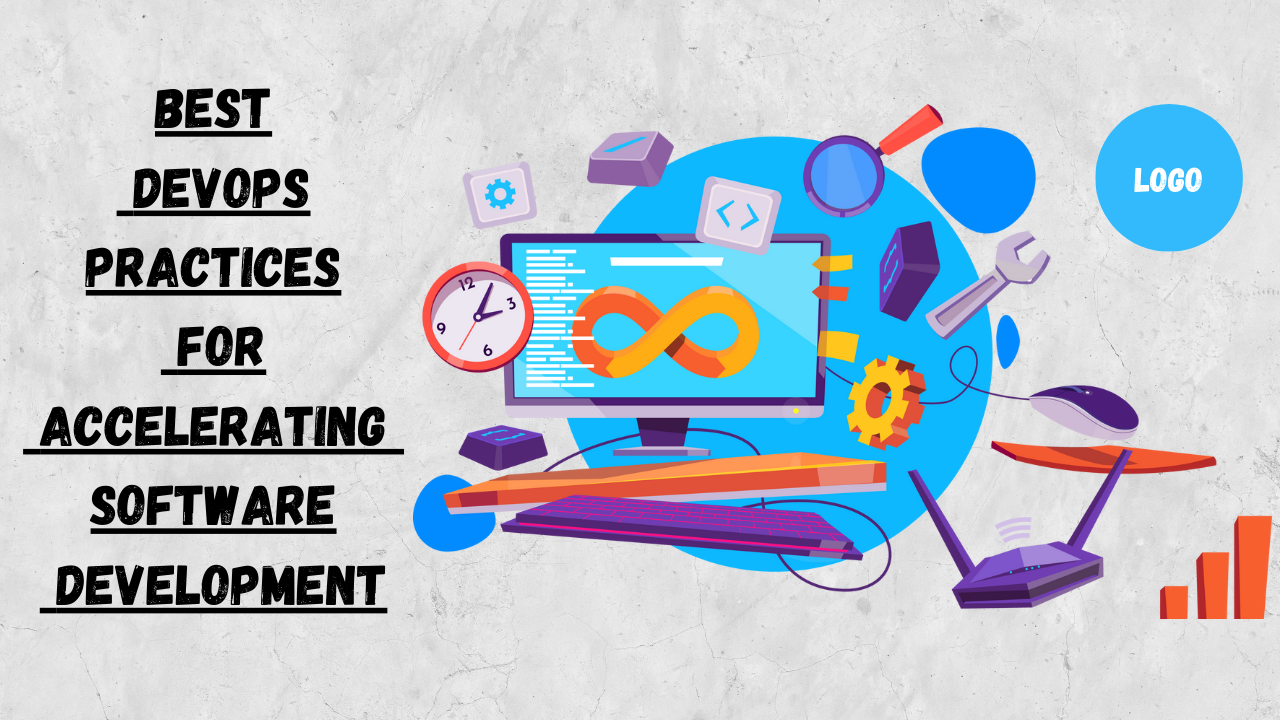In today’s fast-paced software development world, speed and efficiency are crucial. This is where DevOps practices come into play, integrating development and operations to create a streamlined process that delivers software quickly, and with high quality. The adoption of DevOps practices can accelerate software development, improve collaboration, and reduce time to market. Let’s explore some of the best DevOps practices that can drive your software development efforts forward.
Continuous Integration (CI)
Continuous Integration (CI) is a key DevOps practice that ensures developers frequently merge code into a shared repository. We run the new code through automated tests to ensure that the application is not broken. By catching issues early in the process, CI helps teams address bugs faster and maintain the integrity of the codebase.
- Benefits of CI:
CI enables teams to detect errors quickly, ensures that the software is always in a deployable state, and encourages regular code updates, reducing integration issues later in the development cycle.
Continuous Delivery (CD)
Continuous Delivery (CD) builds upon CI, allowing teams to release software at any time. With CD, automated tests assess code changes, and teams prepare them for production release. This practice reduces the time between new feature development and its deployment to users.
- Benefits of CD:
By automating the deployment process, teams can push updates faster, delivering new features or bug fixes to customers more quickly.
Automated Testing
Testing is an essential part of software development, but manual testing can be time-consuming. We run automated tests every time the code is updated to accelerate the process. Tools like Selenium, Jenkins, and TestComplete can perform a variety of tests, including unit, integration, and performance tests.
- Benefits of Automated Testing:
This practice reduces the need for manual intervention, speeds up the feedback loop, and ensures thorough testing of the code before it reaches production.
Infrastructure as Code (IaC)
Infrastructure as Code (IaC) is a DevOps practice that involves managing infrastructure with code and automation tools instead of manually configuring servers and networks. Popular tools like Terraform and Ansible allow developers to define and manage infrastructure through code, making the setup and configuration of environments much faster and more consistent.
- Benefits of IaC:
IaC improves infrastructure consistency, reduces human error, and speeds up the deployment of infrastructure resources.
Microservices Architecture
Microservices architecture breaks down large, monolithic applications into smaller, independent services. An individual service is responsible for handling a specific function and can be developed, deployed, and scaled independently. This approach enhances flexibility and reduces the complexity of software development and maintenance.
- Benefits of Microservices:
By decoupling services, teams can deploy updates without affecting the entire system, allowing for faster development cycles and more scalable applications.
Containerization with Docker and Kubernetes
Containers allow developers to package applications with their dependencies, ensuring they run consistently in any environment. Docker is a popular tool for creating containers, while Kubernetes helps manage and orchestrate containers in large-scale environments.
- Benefits of Containerization:
Containers reduce the “it works on my machine” problem, provide consistency across environments, and allow for easier scaling and deployment.
Monitoring and Logging
Continuous monitoring and logging of applications in production are crucial for detecting issues early and ensuring software runs smoothly. Tools like Prometheus, Grafana, and ELK Stack help DevOps teams monitor performance, track errors, and analyze logs in real time.
- Benefits of Monitoring and Logging:
Monitoring ensures that performance issues or bugs are detected early, while logging provides detailed insights that can help resolve issues faster.
Collaborative Culture
DevOps is not just about tools and processes; it’s also about fostering a culture of collaboration between development and operations teams. Breaking down silos, improving communication, and encouraging teamwork are essential for successful DevOps adoption.
- Benefits of a Collaborative Culture:
Collaboration increases efficiency, reduces bottlenecks, and improves overall team morale, leading to a more streamlined development process.
Continuous Feedback Loop
A continuous feedback loop is essential for improving the software development process. Feedback from stakeholders, users, and team members should be gathered and incorporated into future development cycles. Tools like JIRA and GitHub allow for transparent issue tracking and feedback management.
- Benefits of Continuous Feedback:
This practice helps identify areas for improvement, enhances the user experience, and ensures that software development aligns with customer needs.
Version Control with Git
In DevOps, teams rely on version control to track and manage code changes properly. Git, a widely used version control system, allows developers to collaborate on projects, track code changes, and roll back to previous versions if needed.
- Benefits of Version Control:
It promotes collaboration, helps manage multiple versions of the software, and enables teams to recover quickly in case of issues.
Automated Deployment Pipelines
Creating an automated deployment pipeline streamlines the process of moving code from development to production. These pipelines include stages like building, testing, and deploying code, and we automate all of these stages. Tools like Jenkins, CircleCI, and GitLab CI/CD allow teams to set up robust deployment pipelines.
- Benefits of Automated Pipelines:
This practice reduces manual intervention, speeds up deployments, and ensures that code moves through each stage of the pipeline without errors.
Security Integration (DevSecOps)
Integrating security into every stage of the development lifecycle is essential, a practice known as DevSecOps. Automated security testing tools like OWASP ZAP, Snyk, and Aqua Security can identify vulnerabilities early in the development process, reducing risks and ensuring secure software releases.
- Benefits of DevSecOps:
Integrating security catches vulnerabilities early, reduces the risk of security breaches, and ensures compliance with industry standards.
Frequent Releases
DevOps encourages frequent, smaller releases rather than large, infrequent ones. Smaller releases are easier to manage, test, and deploy. They also allow teams to gather feedback faster and make improvements more quickly.
- Benefits of Frequent Releases:
This practice reduces the risk of large-scale failures, allows for continuous improvement, and delivers value to customers more quickly.
Cross-Functional Teams
In DevOps, cross-functional teams bring together individuals with various skill sets, such as developers, testers, operations, and security experts. This team structure improves communication and collaboration, ensuring that all aspects of the development lifecycle are considered.
- Benefits of Cross-Functional Teams:
Cross-functional teams ensure that development, testing, and operations are aligned, which leads to faster and more efficient delivery.
Continuous Improvement
DevOps is not a one-time effort; it’s about continuously improving processes. Regular retrospectives, feedback loops, and performance evaluations help identify areas for improvement and drive efficiency in the software development process.
- Benefits of Continuous Improvement:
Continuous improvement leads to higher-quality software, more efficient processes, and a culture of learning and innovation.
Conclusion
By embracing these DevOps practices, organizations can significantly accelerate their software development process. From continuous integration and delivery to containerization and automated testing, each practice plays a crucial role in reducing bottlenecks, improving collaboration, and delivering high-quality software faster. DevOps is not just about tools; it’s about creating a culture that prioritizes collaboration, automation, and continuous improvement. As more organizations adopt these practices, they will see a transformation in how they build, deploy, and manage software, leading to better results and faster time to market.
FAQs:
What are DevOps practices?
DevOps is a combination of development (Dev) and operations (Ops) practices aimed at improving collaboration between software development teams and IT operations. It focuses on automation, continuous integration, and delivery to speed up software development and ensure high-quality releases.
How does Continuous Integration (CI) help in DevOps?
Continuous Integration (CI) allows developers to frequently merge code into a shared repository, where automated tests run to ensure the new code doesn’t cause errors. It helps detect bugs early, improves code quality, and speeds up the development process by making the codebase always deployable.
What is Continuous Delivery (CD), and how is it different from CI?
Continuous Delivery (CD) extends Continuous Integration (CI) by automatically preparing code for deployment after testing. While CI focuses on integrating and testing the code, CD ensures that the code is always ready for deployment. The CD makes it easier to release new features or bug fixes quickly.
What is Infrastructure as Code (IaC)?
Infrastructure as Code (IaC) is a DevOps practice where infrastructure is managed using code, allowing developers to automate the setup, configuration, and management of infrastructure. Tools like Terraform and Ansible are often used for IaC to create consistent environments faster and with fewer errors.
How do microservices help in DevOps?
Microservices architecture breaks down large applications into smaller, independent services. Each microservice handles specific functionality and can be developed, tested, and deployed independently, leading to faster development cycles and more scalable, flexible applications.
